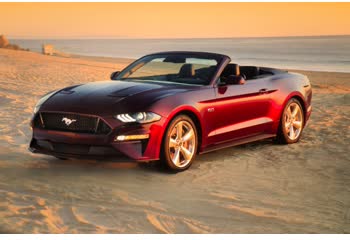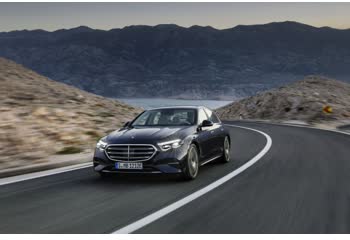Alles, was Sie über Spezifikationen und Leistung wissen müssen - Ford Rand 2023 - 2.0T EcoBoost (275 Hp) E-Hybrid eCVT 7 Seat

Übersicht:
Welchen Hubraum hat ein Ford Rand 2023?
Die Motorkapazität des Ford Rand 2023 beträgt 1995 cm.
Was ist die Ford Rand 2023-Engine?
Ford Rand 2023-Engine ist EcoBoost. (Klicken Sie hier, um andere Autos mit demselben Motor anzuzeigen.)
Wie leistungsstark ist das elektrische System im Ford Rand 2023?
Die Leistung des elektrischen Systems im Ford Rand 2023 beträgt 275 Hp @ 5500 rpm. hp.
Wie viel Benzin verbraucht ein Ford Rand 2023?
Der Ford Rand 2023 verbraucht 6.3-6.4 Liter Benzin pro 100 km
Allgemein:
Motor:
Leistung:
Elektrisches System:
Platzangebot:
Abmessungen:
Antrieb, Fahrwerk und Bremsen:
Siehe auch

Andere Generation.
Die Produktion begann im Jahr 2019 bis 2023

Gleicher Motor. (EcoBoost).
Die Produktion begann im Jahr 2019 bis 2022

Gleicher Motor. (EcoBoost).
Die Produktion begann im Jahr 2009 bis 2012

Gleicher Motor. (EcoBoost).
Die Produktion begann im Jahr 2017 bis 2023

Gleiches Produktionsjahr und nahezu gleicher Hubraum.
Die Produktion begann im Jahr 2023 bis jetzt
Kommentar schreiben